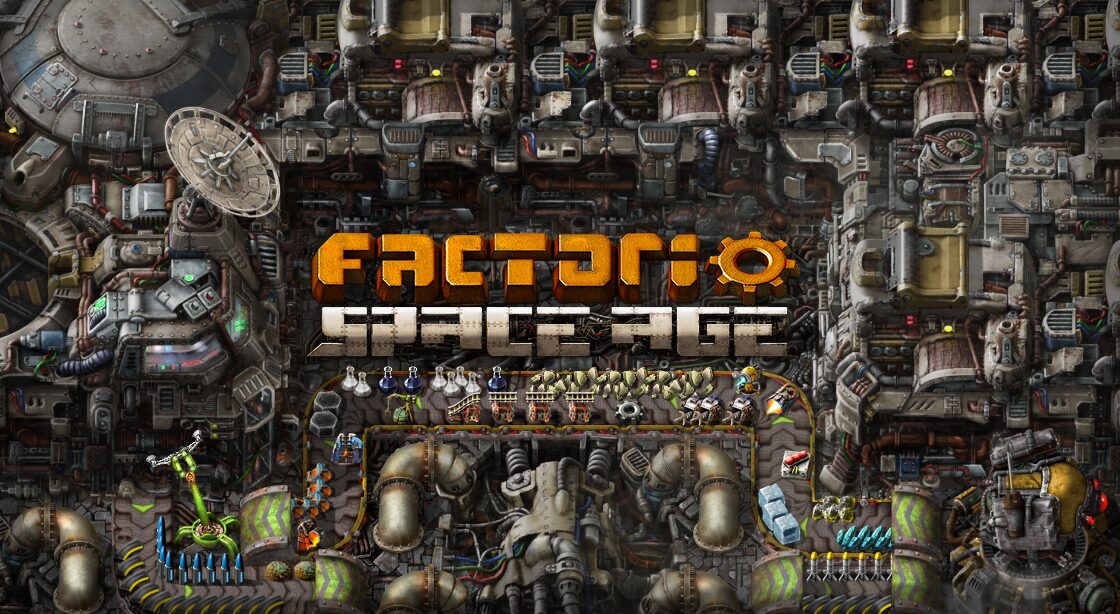
- arrow_back Home
- keyboard_arrow_right Gaming News
Factorio: Space Age Review
Gaming News 10 pcaesthetic October 29, 2024

Factorio: Space Age Review – Automation Meets the Cosmos, but Does It Soar?
Since its debut, Factorio has been a beacon for fans of complex, mind-bending simulation games. The task is deceptively simple: build a sprawling factory, automate it to the nines, and keep your resource-hungry assembly lines running smoothly. What makes Factorio truly special, though, is the near-infinite depth that comes with optimizing those production chains. Now, after years of perfecting factories on terra firma, the game shoots for the stars—literally—with its Space Age expansion. But while Factorio: Space Age aims to scale your logistics empire to interplanetary heights, does this massive leap upward still keep the grounded charm intact, or does it veer into over-complication?
Let’s build a few space trains and find out.
NEED TO KNOW
Game Description: An ambitious and brilliantly creative addition to one of the most unique experiences in PC gaming.
2- Launch Date: October 21, 2024
3- Expect Price: $40 / £30
4- Developer: Wube Software
5- Publisher: Wube Software
7- Steam Deck Compatibility: Yes
8- Engine: Wube Software
9- Platform(s): PC, Steam and COG
10- More Information: Visit Official Website
11- Official Trailer: Youtube
A Rocket Was Just the Beginning
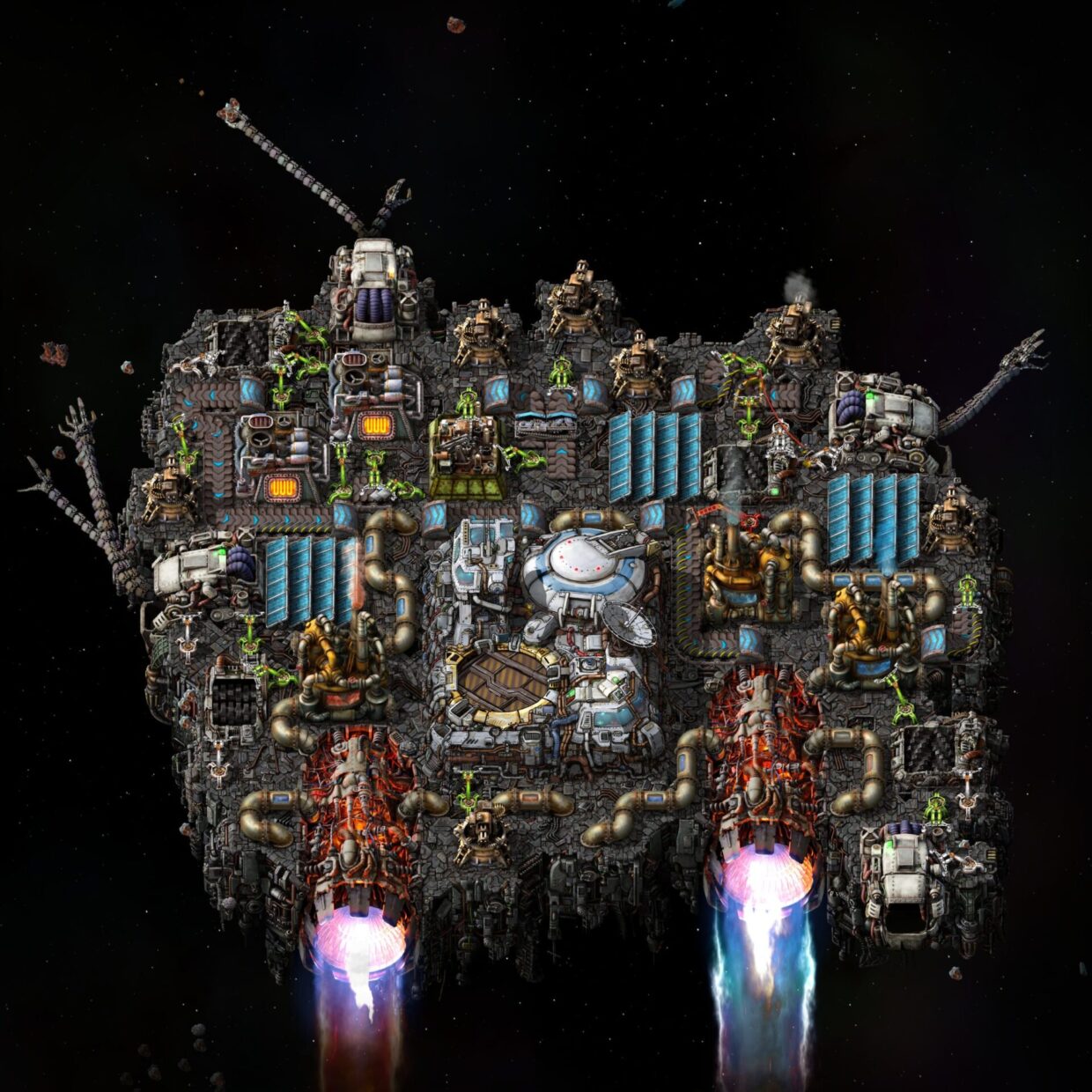
Before Space Age, launching a rocket in Factorio felt like the final hurrah—the game’s ultimate goal. But where the base game ended, this expansion begins. Once you’ve sent that first rocket hurtling into the heavens, Space Age opens up entirely new dimensions. Now, the real game kicks in, and you’ll be juggling interplanetary logistics, orbital factories, and multiple celestial bodies all at once.
The premise is beautifully simple: you’ve conquered the planet, but resources are running thin, and technology must advance. So, like any good factory boss, you do the only logical thing—take your operations into space and start automating the universe.
Orbital Factories: Sky’s No Longer the Limit
The biggest feature here is the introduction of orbital platforms. Think of them as floating production centers, spinning around planets and pumping out advanced tech. In traditional Factorio fashion, these space factories start small, but they can grow into sprawling labyrinths of conveyor belts, assemblers, and power grids. It’s almost a weirdly calming experience, watching your little solar-powered empire orbit the void.
But working in space isn’t just about slapping some belts together and calling it a day. The vacuum introduces new engineering challenges. Gravity? Forget about it. Your once-reliable conveyor belts don’t behave the same way in orbit, and energy management is a puzzle of its own. This shift in mechanics forces you to rethink your entire approach to factory-building, and that’s what Factorio does best—constantly challenging how you automate.
Planet-Hopping: Expanding the Factory Frontier
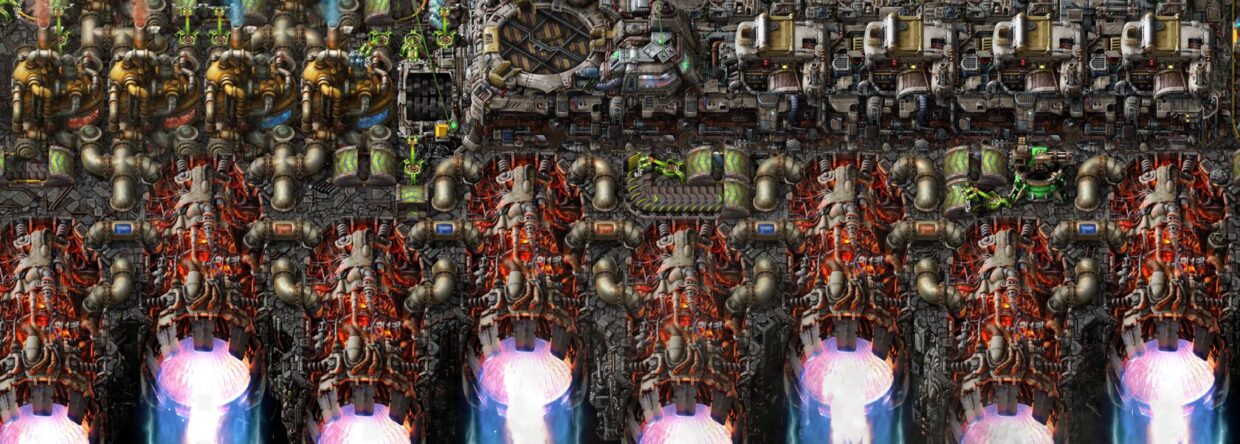
Interplanetary logistics is where things get really interesting—and occasionally hair-pulling. In Space Age, the goal isn’t just to create one mega-factory; it’s to link multiple planets into a finely-tuned supply chain. Each planet has its own resources, challenges, and environmental quirks. Managing these factors is half the battle; the other half is ensuring all those resources flow seamlessly between your scattered operations.
To help with this, Space Age gives you new toys—interplanetary cargo ships, space trains, and massive teleportation networks. These tools allow you to build complex supply routes, ferrying materials from one planet to another. It’s like a cosmic ballet of moving parts, and when it works, it’s sublime.
But—and this is a big but—it’s not always smooth sailing. The complexity of managing multiple planets can get overwhelming fast. Setting up automated trade routes between planets feels thrilling at first, but the slightest hiccup in one part of your supply chain can cause a galactic-level headache.
Learning Curve or Learning Cliff?
This is Factorio we’re talking about—so the learning curve was always going to be steep. But Space Age doesn’t just raise the difficulty bar; it launches it into orbit. For longtime fans of the game, that might actually be a good thing. If you’ve already spent hundreds of hours perfecting your ground-based factories, you’re probably eager for the next challenge. Space Age gives you just that: a level of logistical complexity that will test even the most seasoned players.
But there’s no denying that this expansion can feel downright daunting at times. If you’re new to Factorio or only have a passing familiarity with the game’s systems, Space Age might leave you in the dust. There’s a lot to manage here—especially when you’re juggling multiple planetary operations—and things can go wrong fast. One wrong move, and you’ll be tearing down half your production line to fix a supply chain bottleneck that’s choking your whole empire.
This isn’t a casual jaunt into space; it’s an all-out logistics war, and Factorio veterans will likely relish the challenge. Newcomers? Prepare yourself—things are about to get intense.
The True Star of the Show: Automation on Steroids
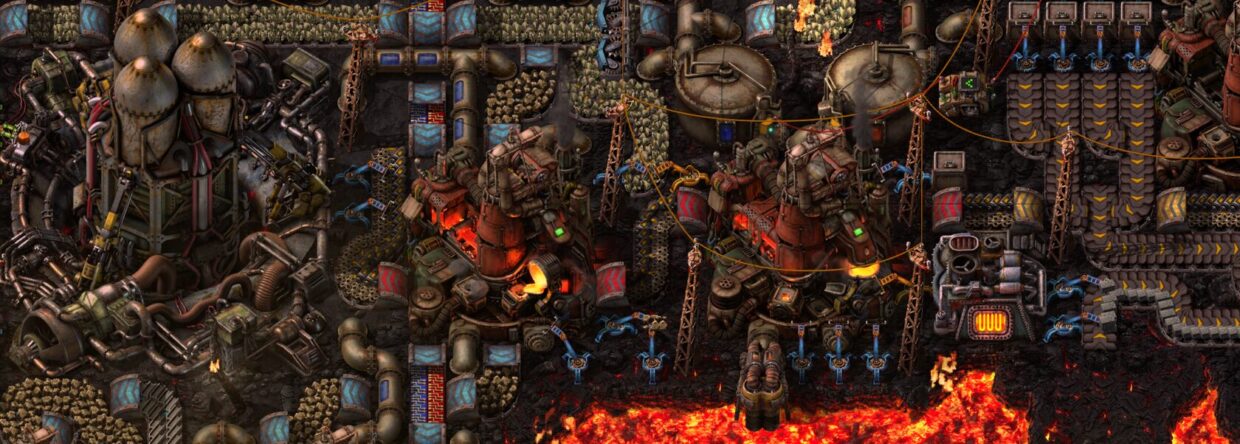
At its heart, Factorio has always been about one thing: automation. Watching your factories churn out goods with mechanical precision is one of the most satisfying feelings in gaming, and Space Age dials that feeling up to eleven. Every part of your operation, from mining on distant planets to building interstellar tech, can be automated.
The sheer scale of what you can create is mind-blowing. Before long, you’re not just overseeing a factory—you’re overseeing an empire. Your orbital stations become self-sustaining, and your trade routes hum with activity. And when you zoom out to look at the entire solar system under your control, it’s hard not to feel a sense of accomplishment.
But that accomplishment doesn’t come easy. Every layer of automation adds a new layer of complexity, and there’s always one more thing to optimize. It’s a time sink, no doubt about it, but in the best way possible. If you’re the type of player who loves tinkering with systems and perfecting processes, Space Age is going to feel like a dream come true.
Is Factorio: Space Age Worth Your Time?
In a word? Absolutely. Factorio: Space Age is the kind of expansion that delivers exactly what die-hard fans are looking for—more systems, more automation, and more of that signature depth. The jump to space feels like a natural evolution for the game, and the new mechanics—while complex—fit snugly within Factorio’s existing framework.
That said, this isn’t an expansion for the faint of heart. The complexity can be overwhelming, especially for newer players, and there’s a good chance you’ll hit a few frustrating snags along the way. But for those who’ve already fallen in love with Factorio’s brand of brain-bending logistics, Space Age is a must-play. It takes everything the base game does so well and stretches it across the stars, offering hundreds of new hours of deep, satisfying gameplay.
Whether you’re a veteran factory-builder or a space-curious newcomer, Factorio: Space Age offers a cosmic-sized challenge that’s hard to resist. Just be prepared for a wild ride into the void—and maybe clear your schedule for the next few months.
Frequently Asked Questions
1- What new features does Factorio: Space Age introduce to the original game?
Factorio: Space Age introduces orbital factories, interplanetary logistics, and new technologies, expanding the core gameplay into space. You’ll manage supply chains between planets and build complex systems in low-gravity environments.
2- Is Factorio: Space Age too difficult for newcomers?
While experienced Factorio players will find plenty to love, Space Age is highly complex and might be overwhelming for newcomers. It’s recommended to have a strong grasp of the base game’s mechanics before jumping in.
3- How do orbital factories work in Space Age?
Orbital factories allow you to build production chains in space, above planets. They function similarly to land-based factories but require new strategies to handle the unique challenges of space environments, like energy management and transport.
4- What’s the biggest challenge in Factorio: Space Age?
The most challenging part of Space Age is managing logistics across multiple planets. Establishing supply routes between planets and balancing resources can lead to complex, interdependent systems that are difficult to maintain.
5- Can you play Space Age in multiplayer?
Yes, Factorio: Space Age supports multiplayer, allowing you to collaborate with others on massive interstellar projects and logistics chains.
6- Is Factorio: Space Age worth buying?
If you’re a fan of Factorio and enjoy deep, complex strategy games, Space Age is a worthwhile addition. It offers an incredible amount of new content and challenges that significantly expand the scope of the game.
Factorio: Space Age boldly takes the game to the final frontier. It’s packed with fresh challenges, smart new mechanics, and the same satisfying depth Factorio is known for. But proceed with caution: this isn’t for the easily intimidated. This expansion will test your automation skills like never before, offering veteran players an exhilarating new playground and newcomers a mountain to climb.
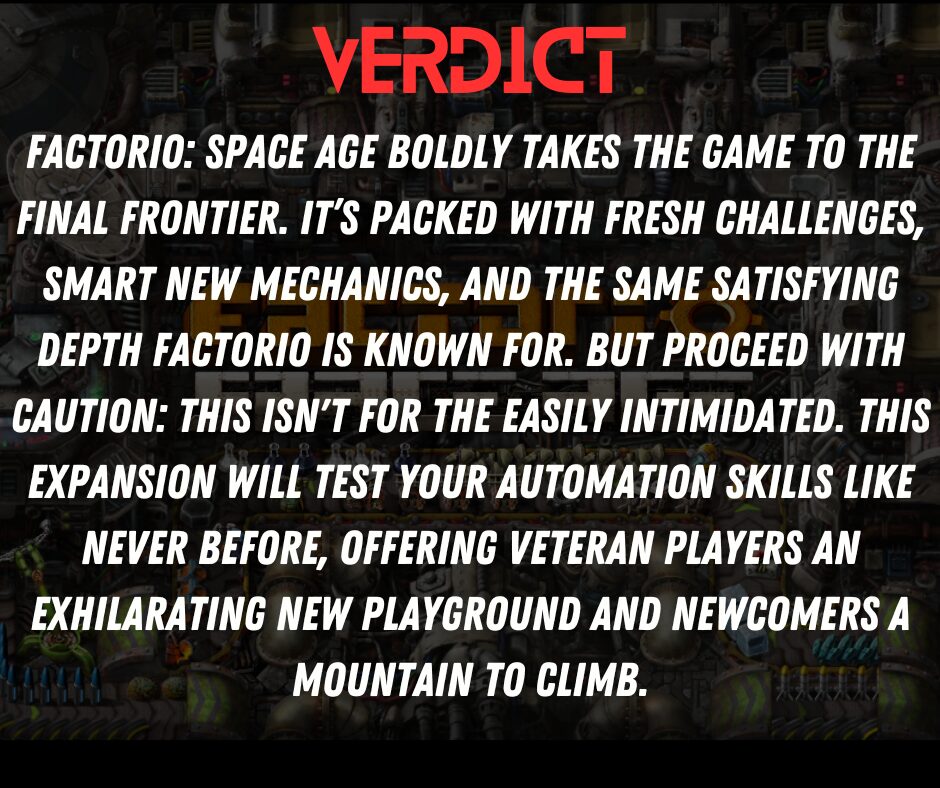
Looking for an Unforgettable RPG Adventure? Check out our Dragon Age: The Veilguard Review!
When you purchase through links on our site, we may earn an affiliate commission
About PC AESTHETIC
Welcome to PC Aesthetic, your ultimate destination for top-tier gaming accessories. Whether you’re a casual gamer or a pro, we know that the right gear makes all the difference. That’s why we’re dedicated to bringing you the best in gaming chairs, mice, pads, headphones, and more—everything you need to enhance your gaming experience and take it to the next level.
Copyright- PC AESTHETICS ALL RIGHTS RESERVED




